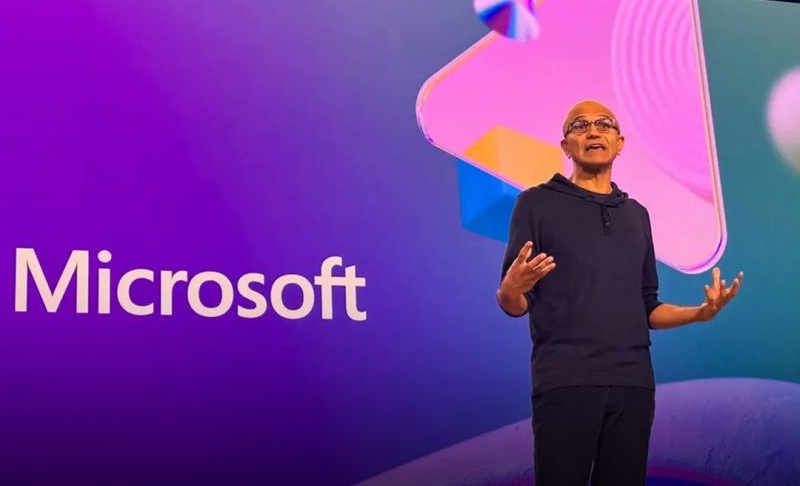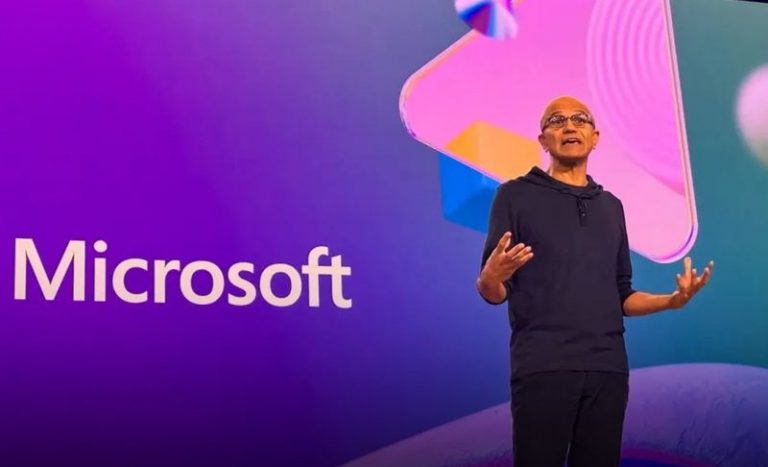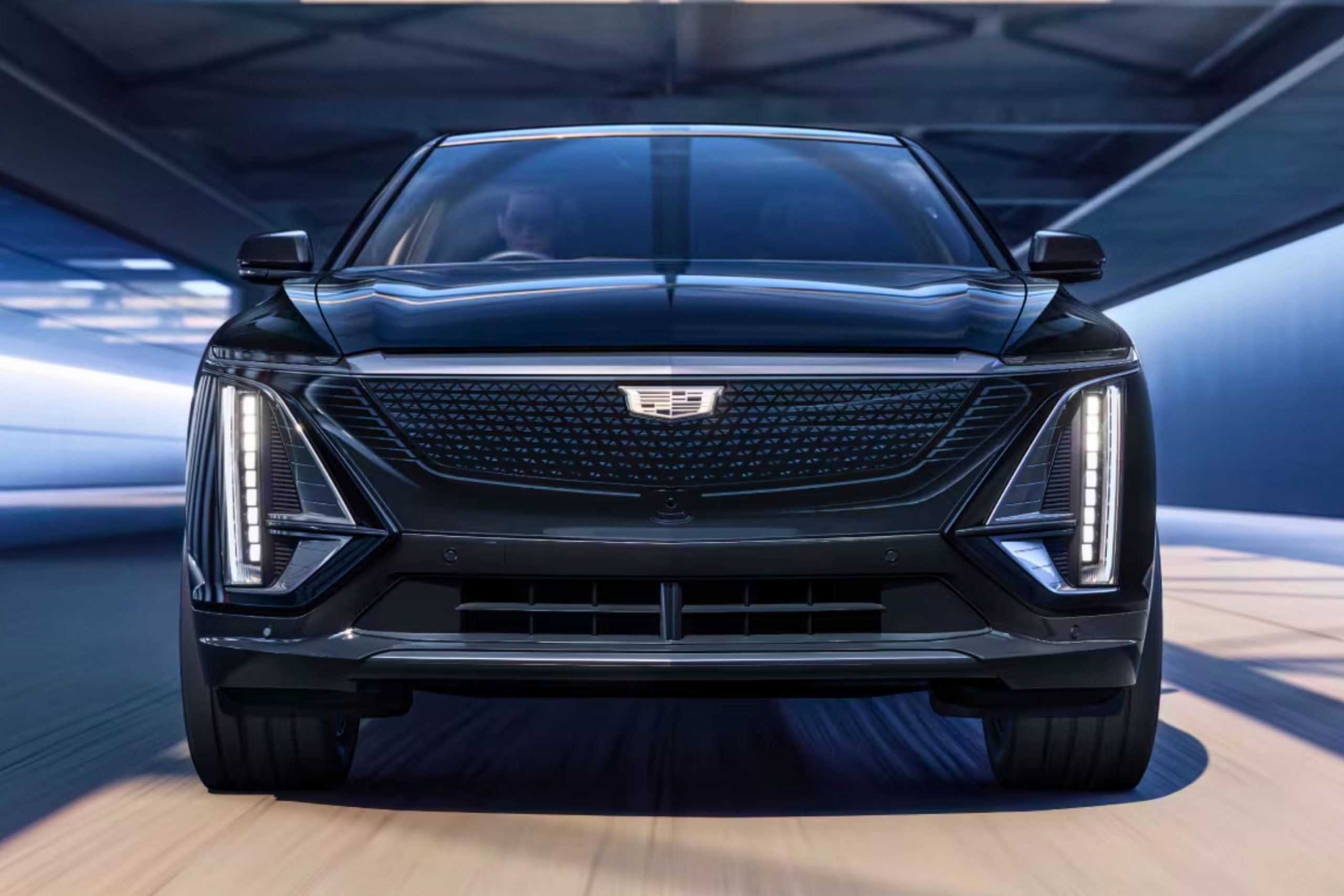Microsoft Unveils First Massive Nvidia-Powered AI “Factory” to Run OpenAI Workloads, Promises Global Rollout


Microsoft has unveiled its first large-scale Nvidia-powered artificial intelligence “factory”, a massive computing cluster built to run OpenAI workloads and other frontier AI models across its Azure global cloud network.
The factory points to the company’s ambition to dominate the infrastructure layer of the AI revolution as OpenAI’s user base and service offerings continue to expand at an unprecedented pace.
Microsoft CEO Satya Nadella shared a video of the new system on Thursday on X, calling it the “first of many” such AI factories the company plans to deploy worldwide. The system — a cluster of more than 4,600 Nvidia GB300 rack computers — is powered by Nvidia’s new Blackwell Ultra GPUs and linked through InfiniBand, Nvidia’s ultra-fast networking technology. Each of these massive systems can run large-scale AI workloads, including next-generation models with “hundreds of trillions of parameters,” according to Microsoft.
Register for Tekedia Mini-MBA edition 18 (Sep 15 – Dec 6, 2025): registration continues.
Tekedia AI in Business Masterclass opens registrations.
Join Tekedia Capital Syndicate and co-invest in great global startups.
Register for Tekedia AI Lab: From Technical Design to Deployment.
The company said the new AI factory represents a “new class of supercomputing infrastructure” designed to handle both AI training and inference at a global scale. Nadella described the deployment as part of Microsoft’s long-term plan to build out “hundreds” of such systems across Azure’s 300 data centers in 34 countries.
Nadella explained that it is the first of many Nvidia AI factories we’re deploying across Microsoft Azure data centers worldwide to power frontier AI models. He added that Microsoft’s infrastructure “will meet the demands of frontier AI today — and tomorrow.”
The launch comes at a time when infrastructure has become the backbone of OpenAI’s expansion, as the company diversifies its offerings beyond ChatGPT and scales its computing capacity to meet soaring demand. OpenAI’s flagship product, ChatGPT, has now surpassed 800 million active users per week, a milestone that cements its position as the world’s most widely used AI platform.

The surge in user activity has placed enormous strain on computing resources, prompting OpenAI to invest heavily in global data centers and specialized hardware to maintain uptime and support more sophisticated models. The company’s recent $1 trillion data center commitments — spread across partnerships with Nvidia, AMD, and major cloud providers — reflect the scale of its ambition to operate as a global AI utility.
Microsoft’s new AI factories are designed to serve as dedicated infrastructure for OpenAI, as well as for enterprise clients adopting AI tools through Azure. Microsoft emphasized that the systems are optimized not only for ChatGPT and GPT-5-class models but also for multimodal AI systems like OpenAI’s video model Sora and code-generation platforms that demand extreme processing power.
The collaboration between Microsoft and Nvidia marks another milestone in a partnership that has reshaped the AI industry. Nvidia’s dominance in both GPU chips and data-center networking, strengthened by its 2019 acquisition of Mellanox Technologies for $6.9 billion, has made it the undisputed supplier of AI infrastructure. Microsoft’s alignment with Nvidia ensures early access to the Blackwell Ultra GPU, which has become the industry’s most sought-after AI processor.

The timing of Microsoft’s announcement follows OpenAI’s own major data center agreements with Nvidia and AMD, which some analysts saw as a sign that OpenAI was expanding beyond Microsoft’s Azure ecosystem. Microsoft is signaling that it remains the primary infrastructure partner with the capacity and geographic reach to support OpenAI’s exponential growth by unveiling its AI factory now.
Microsoft said its AI systems are built with “sustainability and scalability” in mind, integrating renewable energy sources and advanced cooling systems to offset the enormous energy consumption associated with training large AI models. Each AI factory, according to internal estimates, consumes as much electricity as a small city.
Beyond OpenAI, Microsoft intends to use the same infrastructure to power enterprise AI products like Copilot, its suite of AI assistants embedded in Windows, Office, and GitHub. The company said the infrastructure will also support “custom frontier models” for corporate clients developing proprietary AI systems.
Microsoft CTO Kevin Scott is expected to provide more details about the company’s AI infrastructure roadmap at TechCrunch Disrupt in San Francisco later this month (October 27–29). Scott will outline how Azure’s data centers are evolving to support the next generation of AI workloads and to remain competitive with Amazon Web Services and Google Cloud, both of which are also scaling their own AI supercomputing capabilities.
OpenAI’s growth from a research lab to a global AI platform has transformed it into one of the world’s largest consumers of computing power. However, its continued success depends on the availability of scalable infrastructure capable of handling billions of user queries, video generations, and code executions daily.





